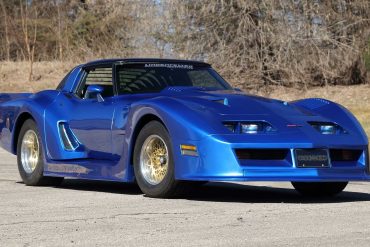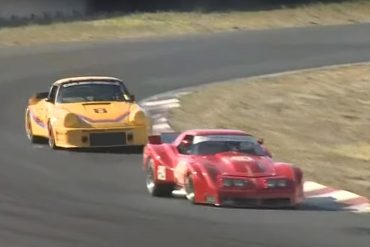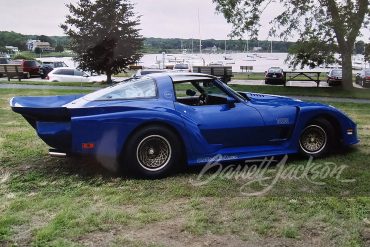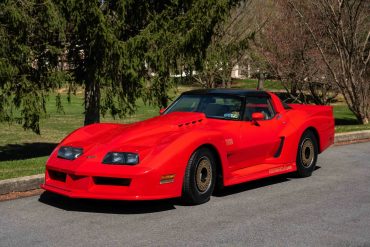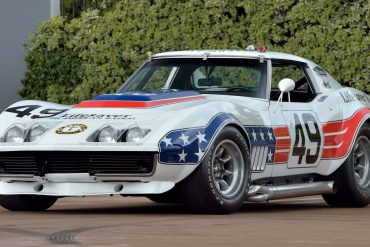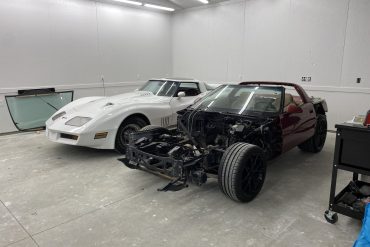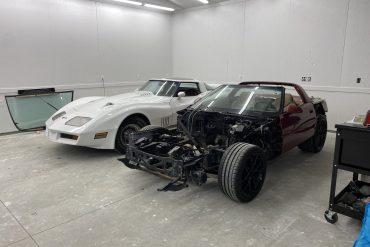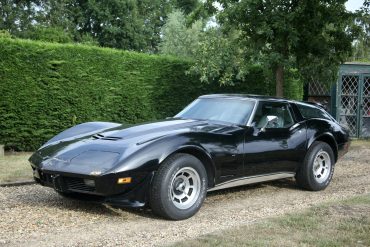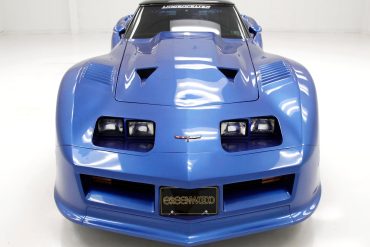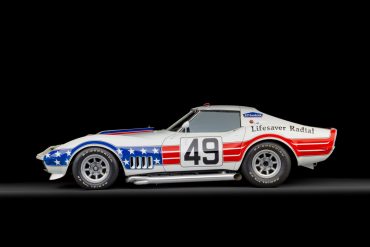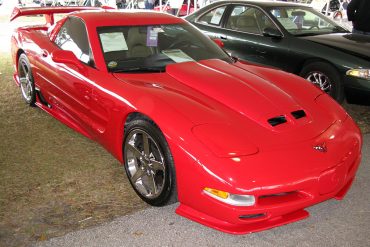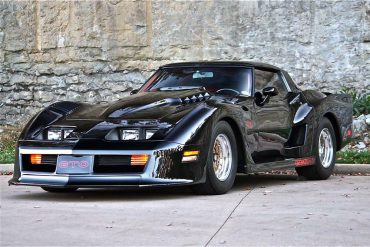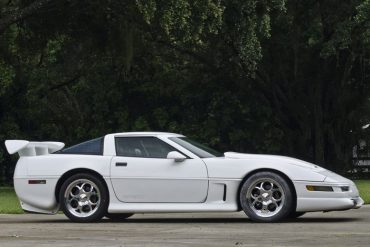The Greenwood Daytona was the most extreme of all the Corvette body kits. It featured a radical fiberglass body kit...
Racing fans and Corvette enthusiasts will surely remember the legendary cars of John and Burt Greenwood, which dominated the racing...
If you happened to see this 1981 Greenwood Daytona Turbo out in the wild, at first glance, you might shrug...
Renowned for its presence in global racing during the 1970s and 1980s, John Greenwood’s team also produced daring IMSA-style street...
Mecum Auctions is currently hosting their annual Indy event, and one of their main attractions is the iconic 1969 Corvette...
Today we continue on Scot’s journey to turn his ’75 Greenwood Widebody into a Pro Touring race car. After part...
Today’s installment is yet another reminder of the patience and skill required to take on a project like this. Even...
This is the first installment of a multi-week series where I will be highlighting unique and awesome Corvette builds from...
Greenwood didn’t just build Corvettes for the track, constructing a variety of different street car kits over the years. The story goes that the original ’wagon concept was commisioned by a drummer who wanted a Vette with enough cargo space to haul his drums to various gigs. Since the demise of the Corvette trunk, easily accessible cargo areas were definitely on the wish list for many enthusiasts. Chuck Miller designed and built this first Shark-era Sportwagon.
What you see before you is a 1982 Chevrolet Corvette that has been fitted with a rare Greenwood Daytona body kit. The most extreme of the Greenwood brothers' kits, the Daytona body kit is a highly sought-after modification that was developed by race-winning specialists Burt and John Greenwood.
When one of his cars was severely damaged in 1972, John Greenwood converted his 1969 L88 Convertible into a formidable race car. Included as the formidable ZL1 engine with 750 bhp on tap. Other modifications included a rear spoiler, quick replacement radiator and camber adjusters. At Le Mans, this car set the GT-class record for top speed down the Le Mans straight with 215 mph.
Not too dissimilar from this fourth generation Greenwood Corvette was this G5R. Again it was a performance resin bodykit that usually came along with a host of performance upgrades. Included was a front splitter, high rise hood, rear tunnel, rear wing, and windshield fairing. Greenwood has always been the leader in high performance aerodynamics and we are proud to offer the finest and most effective designs for your C5 Corvette.
The major differences between the 1980 and 1982 Daytona and the 1981 GTO are the hood, the tops of the rear fenders, and the rear spoiler/bumper cover. The Daytona had an elaborate, short vertical fin on top of the rear fender that turned several turns “in and back,” flowing to the wide, long, table-like rear spoiler. The GTO’s rear fenders pontoons are the same as.
For the fourth generation Corvette, legendary Corvette racer John Greenwood developed the G4R. It was essentially a radical bodykit that usually followed a high level of performance upgrades. Included was a ground effects package that had integrated lights on the front valance. Furthermore the a new engine scoop and rear wing were fitted.


